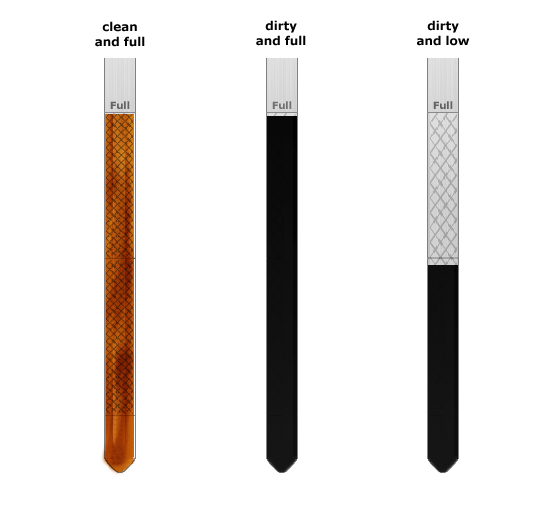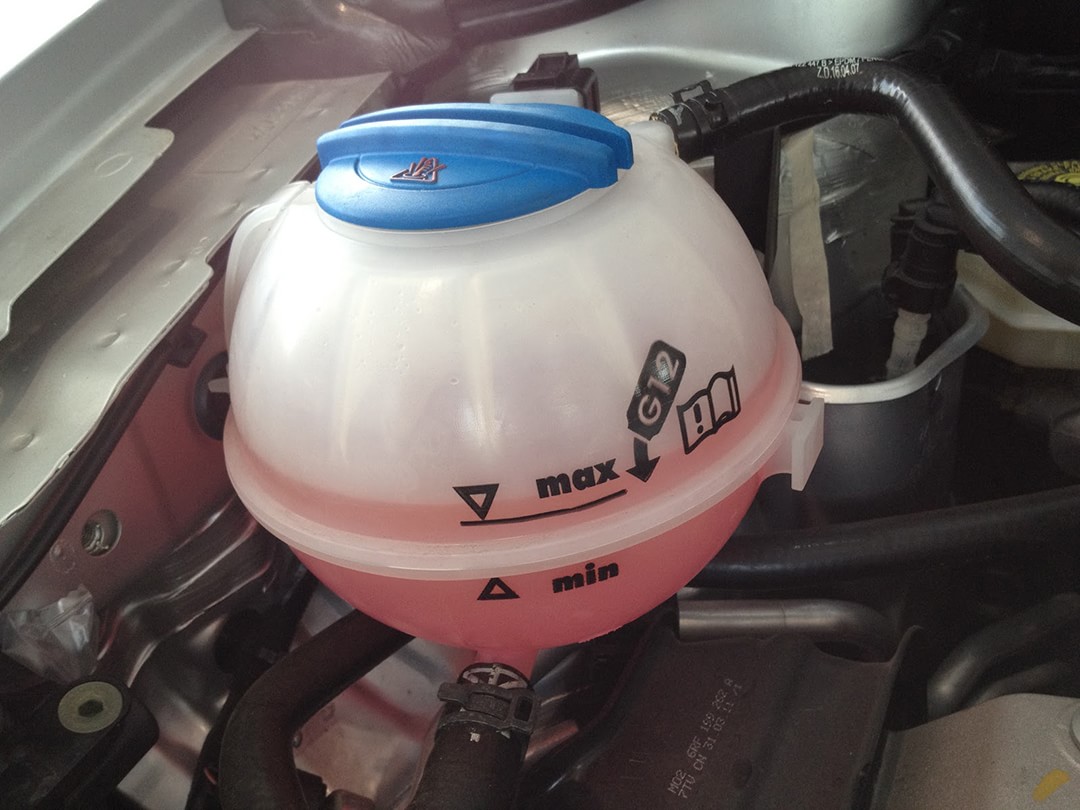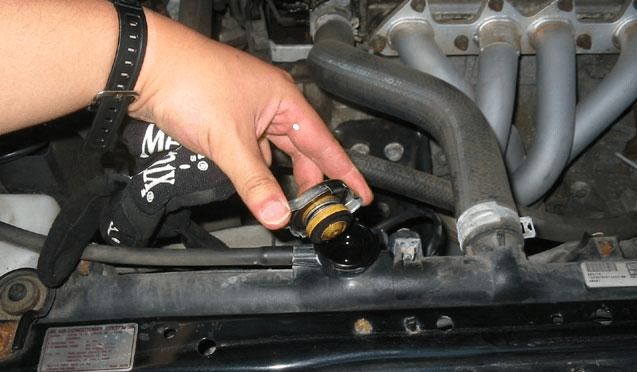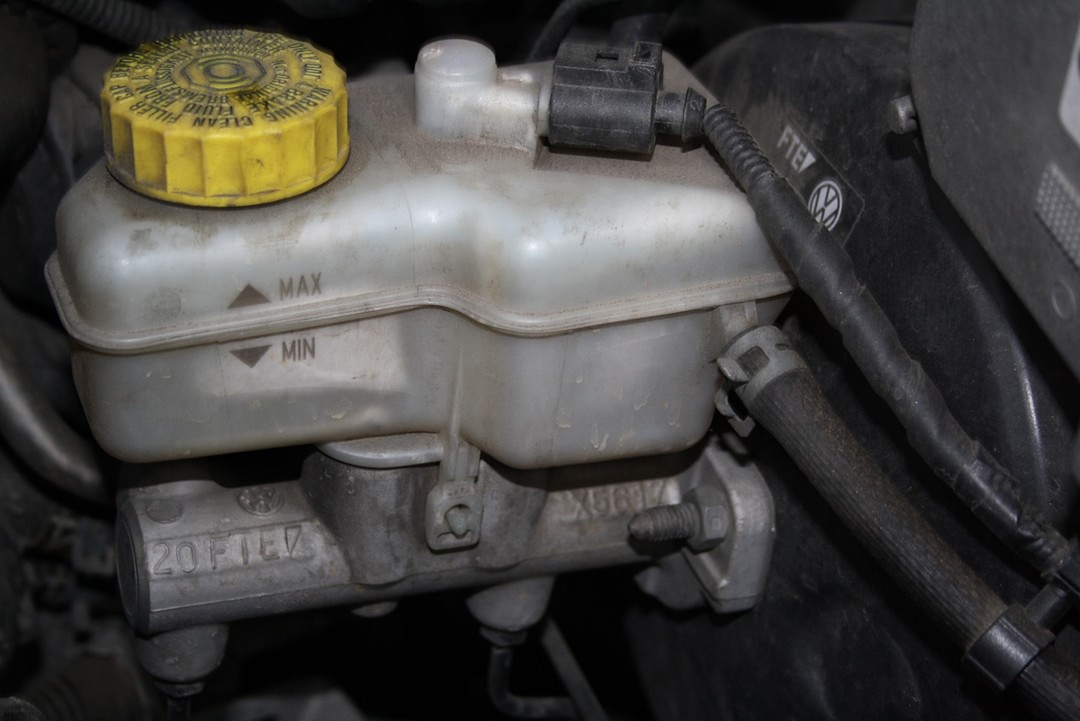A flat tire can be a potentially dangerous situation, flats can be caused by nails, potholes, extremely worn tires, slow leaks around the rim sealing surface, overloading and even just defective tires. When a tire goes flat at high speeds it is easy to lose control, it is important to not panic and to avoid slamming on the brakes or jerking the steering to either side. Slowly pull over to a safe location.
Here is a safe way to mount your spare tire:
- Make sure you and your vehicle are safe from oncoming traffic.
- Turn on your hazard lights (Red triangle button).
- Locate your spare tire, jack and handle, lug nut wrench and locking wheel nut key (if you have locking wheel nuts). Usually the spare tire is in trunk along with the jack and wrench. If you can’t find them than look in your owner’s manual. The locking wheel nut key is usually in the glove box.
- Use the Lug nut wrench to loosen the wheel nuts. Some vehicles will have a hubcap that will need to be removed in order to access the wheel nuts. These generally just pull or pry off the rim. Use the lug nut wrench to loosen the wheels about half a turn (counter clockwise). Do not remove the wheel nuts while the car is still on the ground. Use the locking wheel nut key if required. If the wheel nuts are too right to remove you can stomp on the end of the lug nut wrench.
- Raise vehicle/ flat tire off the ground. This part is crucial to get right. Consult your owner’s manual in order to locate the proper vehicle jacking point. If the jacking point is too rusty and begins to crumble upon lifting, stop. Crumpling a rusted rocker panel or worse, having the jack fall over is much more expensive than calling Mechanic To You! Once you feel confident that you have found the proper jacking point, raise the vehicle until the tire is about 4-6 inches off the ground.
- Remove wheel nuts and pull the tire off the car. Sometimes the wheel will be stuck on the hub and will not simply pull off. This is because of the corrosion build up between the wheel and the vehicle’s hub. The rust can sometimes be broken away by kicking the side of wheel with the back of your foot. If the wheel does not come lose you will probably need a hammer or pry bar to remove it. Neither of which is safe to use under the car with the emergency jack holding the vehicle.
- Mount the spare tire on the car. Line up the hub studs with the holes in the rim. Thread the lug nuts onto the studs with the tapered end of the nut facing towards the vehicle. Turn the lug nuts (clockwise) with the lug nut wrench until they are just snug.
-
Slowly lower the car back to the ground. Lower the jack until the wheel is back on the ground and remove the jack from underneath the car.
- Tighten wheel nuts. Tighten the wheel nuts bit by bit in a star pattern. Torque each wheel nut across from the other, this will ensure even torque around the face of the rim. Tighten nuts until it is difficult to tighten them further. Be careful not to over tighten or snap the studs.
- Put tools, jack and flat tire back in the vehicle and drive on. Be careful driving on your spare tire as usually they are much smaller and will not give you the same traction or handling characteristics of your regular tire. Spare tires usually have a limit of 80km/ph and should not be used for more than a few days.
Tips:
- Nail punctures can usually be repaired on the spot or at one of our shops at little cost.
- Punctures on the tire sidewall cannot be repaired.
- Slow leaks around the rim require removing the tire from the rim and cleaning the oxidation from the sealing surface.
- Leak stop products are only temporary and will require eventual removal (dismounting and cleaning inside of tire).
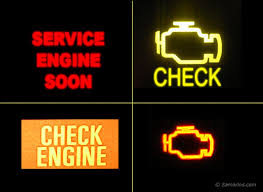 When this light comes on it basically means your vehicles engine control module has detected a problem. There a hundreds of reasons why this light can come on. Depending on the vehicle it could be a problem totally unrelated to the engine.
When this light comes on it basically means your vehicles engine control module has detected a problem. There a hundreds of reasons why this light can come on. Depending on the vehicle it could be a problem totally unrelated to the engine.

